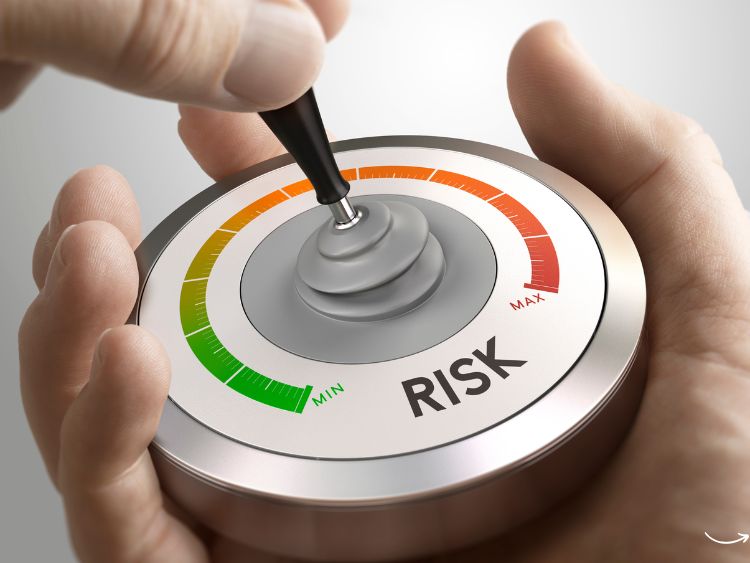In today’s fast-evolving business landscape, managing compliance risk isn’t just about ticking boxes—it’s a critical component of a robust business strategy. Compliance risk management ensures that organizations not only adhere to laws and regulations but also anticipate potential compliance risks in a proactive manner. This article dives deep into the heart of compliance risk management, outlining effective strategies, practical insights, and the importance of integrating these practices into the daily workings of a business.
What is Compliance Risk Management?
Compliance risk management involves identifying, assessing, and taking steps to mitigate risks related to the legal obligations and standards an organization must follow. In essence, it’s about keeping your business out of trouble and operating smoothly by adhering to the rules.
Crafting an Effective Compliance Risk Management Program
Creating a robust compliance risk management program involves several key steps:
1. Understanding the Legal Landscape
The first step in effective compliance risk management is understanding the legal landscape relevant to your industry. This encompasses:
- Federal and state laws: Knowing which laws apply to your business.
- Industry standards: Staying updated with the guidelines set by industry bodies.
2. Risk Assessment
Risk assessment is the backbone of compliance risk management. Businesses must:
- Identify potential compliance risks.
- Assess the severity and likelihood of these risks.
- Prioritize risks based on their potential impact.
3. Policy Development and Implementation
Once risks are identified and assessed, the next step is to develop and implement policies to mitigate these risks. This includes:
- Creating clear policies and procedures: These should be understandable and accessible to all employees.
- Training programs: Ensuring that staff are educated about the policies and their importance.
4. Continuous Monitoring and Review
Compliance is not a one-time event but a continuous process. Organizations must:
- Regularly review and update compliance policies.
- Monitor compliance and implement adjustments as necessary.
5. Reporting and Documentation
Keeping thorough records is crucial. This not only helps in proving compliance in case of legal scrutiny but also aids in internal audits and reviews.
Why Compliance Risk Management Matters
The importance of compliance risk management cannot be overstated. It protects organizations from fines, legal penalties, and reputational damage. Moreover, it fosters trust among stakeholders, including customers, investors, and regulatory bodies.
Case Studies
- A technology firm: Improved its compliance posture by implementing automated monitoring tools, reducing manual errors, and increasing efficiency.
- A healthcare provider: Enhanced patient privacy and data security by adopting stringent compliance measures tailored to healthcare regulations.
Transitioning to a Proactive Compliance Strategy
Moving from a reactive to a proactive compliance strategy involves:
- Predictive analytics: Using data to foresee potential compliance issues before they arise.
- Employee empowerment: Encouraging a culture where every employee feels responsible for compliance.
FAQ: Navigating Compliance Risk Management
What are the most common compliance risks?
- Regulatory changes, data protection breaches, and non-compliance with labor laws are typical examples.
How often should we conduct compliance audits?
- At least annually, or more frequently depending on the dynamic nature of the regulatory environment.
Can technology aid in compliance risk management?
- Absolutely, tools like compliance management software can automate and streamline many aspects of compliance.
Summary
Effective compliance risk management is indispensable for any business aiming to succeed and grow in today’s regulatory environment. By understanding and implementing the steps outlined in this guide, organizations can ensure they not only comply with legal requirements but also enhance their overall operational integrity. Let’s remember, it’s not just about avoiding penalties—it’s about building a foundation that promotes trust, reliability, and sustained business success.
Crafting a strategic approach to compliance risk management and embedding it into the corporate culture will ensure that your business remains resilient and prepared for any compliance challenges that come your way. So, let’s roll up our sleeves and get down to business—because when it comes to compliance, it’s always better to be safe than sorry!
